This ratio compares LDL cholesterol with apoB to show how cholesterol-packed each LDL particle is.
Securely stored in EU
Cancel anytime
Test 100+ biomarkers
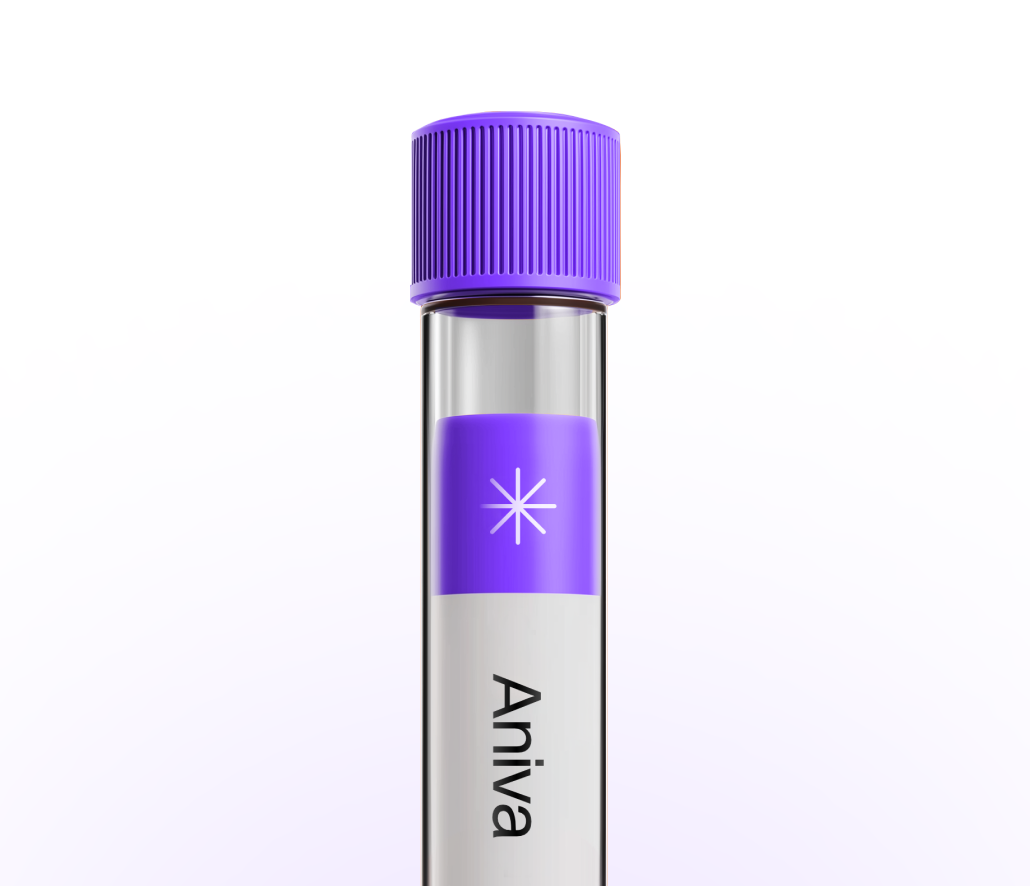
Less than 5 minutes waiting time. One
simple test at one of our 20+ locations.
Get your lab reports within one week.
Accessible on our app and per PDF.
All your health records stored
in a single, convenient place.

This ratio can reveal when LDL cholesterol and apolipoprotein B tell different stories. Clinicians may use it to understand particle size and number, especially with high triglycerides, insulin resistance, or metabolic syndrome. It can support decisions about focusing on apoB, lifestyle steps, or medicine intensity, alongside standard lipid markers. You can test this marker with Aniva across Germany and Finland.
This ratio can reveal when LDL cholesterol and apolipoprotein B tell different stories. Clinicians may use it to understand particle size and number, especially with high triglycerides, insulin resistance, or metabolic syndrome. It can support decisions about focusing on apoB, lifestyle steps, or medicine intensity, alongside standard lipid markers. You can test this marker with Aniva across Germany and Finland.
High: Suggests cholesterol-rich, larger LDL particles and fewer particles for a given LDL-C. Risk still depends on overall apoB, LDL-C, non-HDL cholesterol, and your clinical picture.
Low: Suggests cholesterol-poor, smaller LDL particles or more particles for the same LDL-C, often seen with high triglycerides or insulin resistance. Consider discussing apoB-focused goals, diet, activity, and triglyceride management with your clinician. This ratio is not guideline-endorsed; no standardized cutoffs.
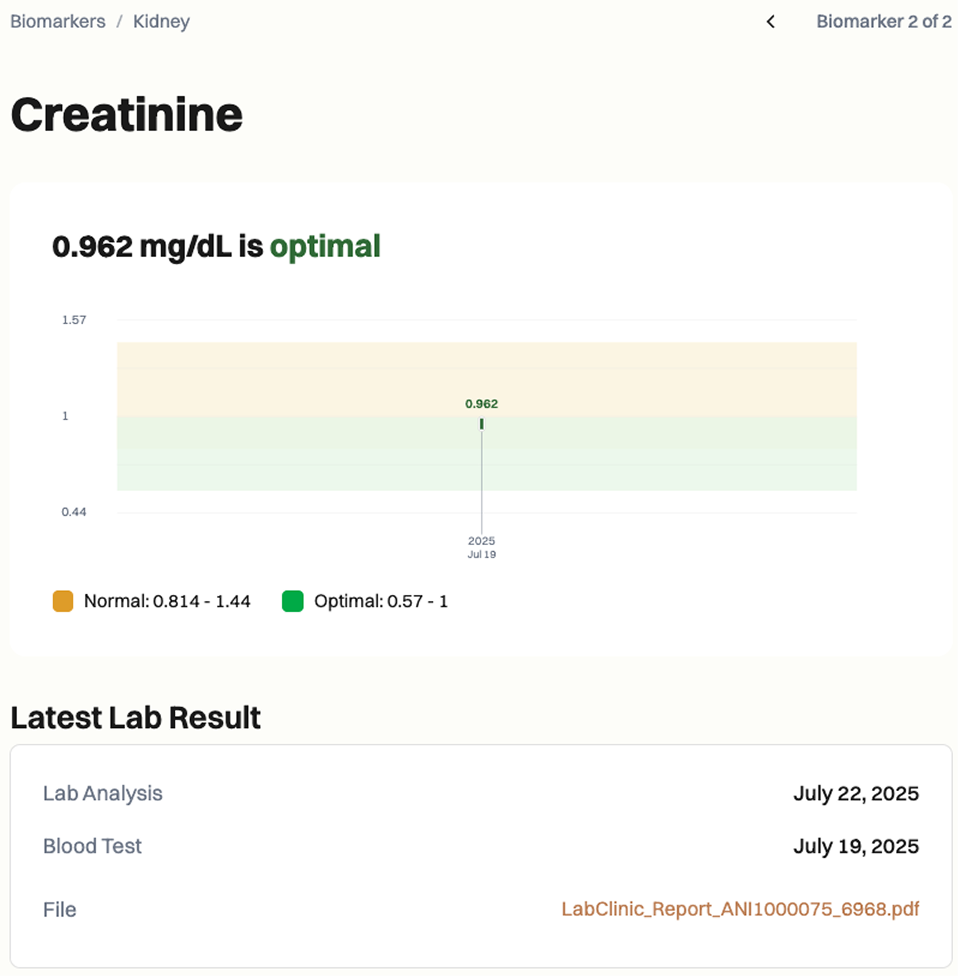
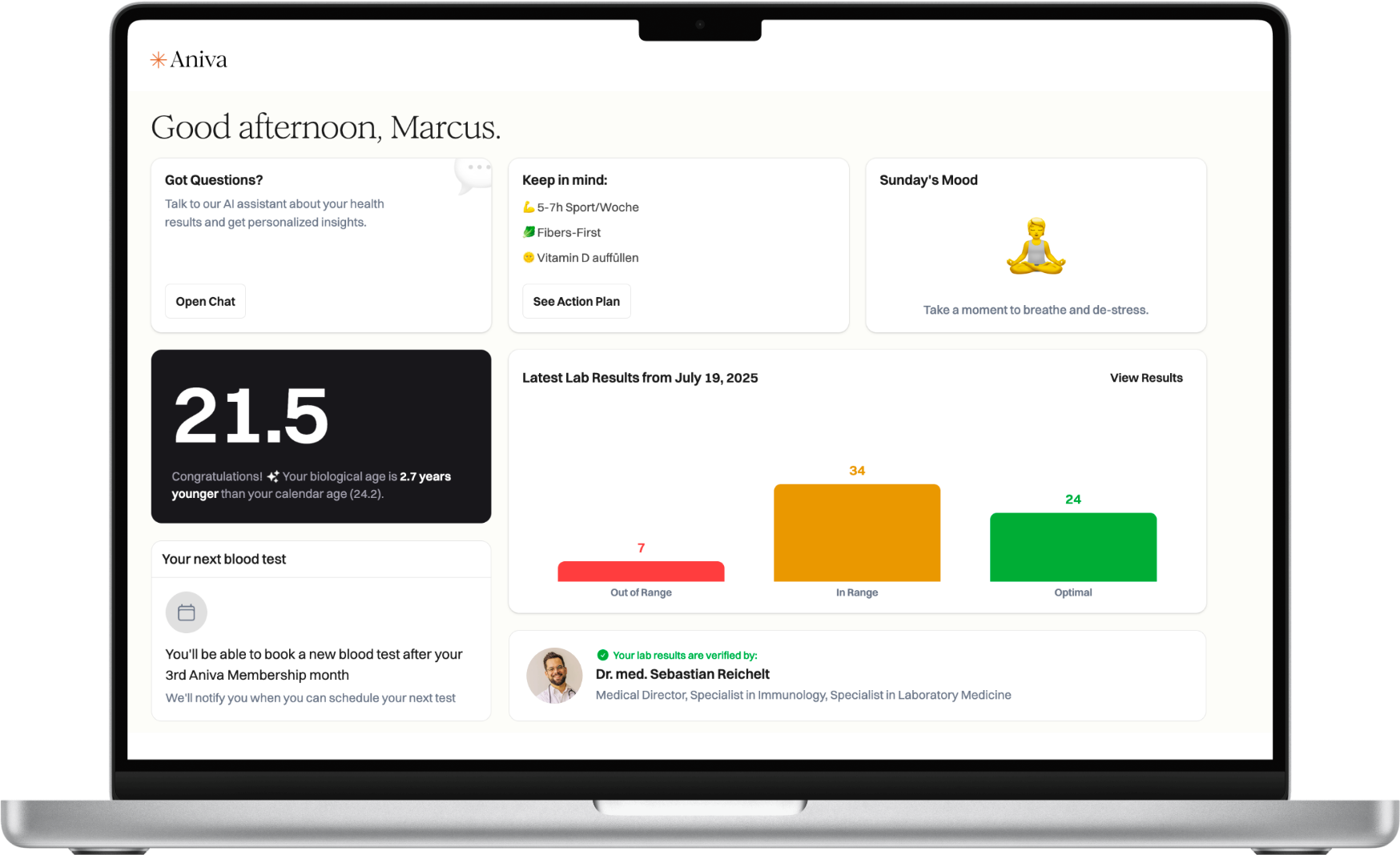
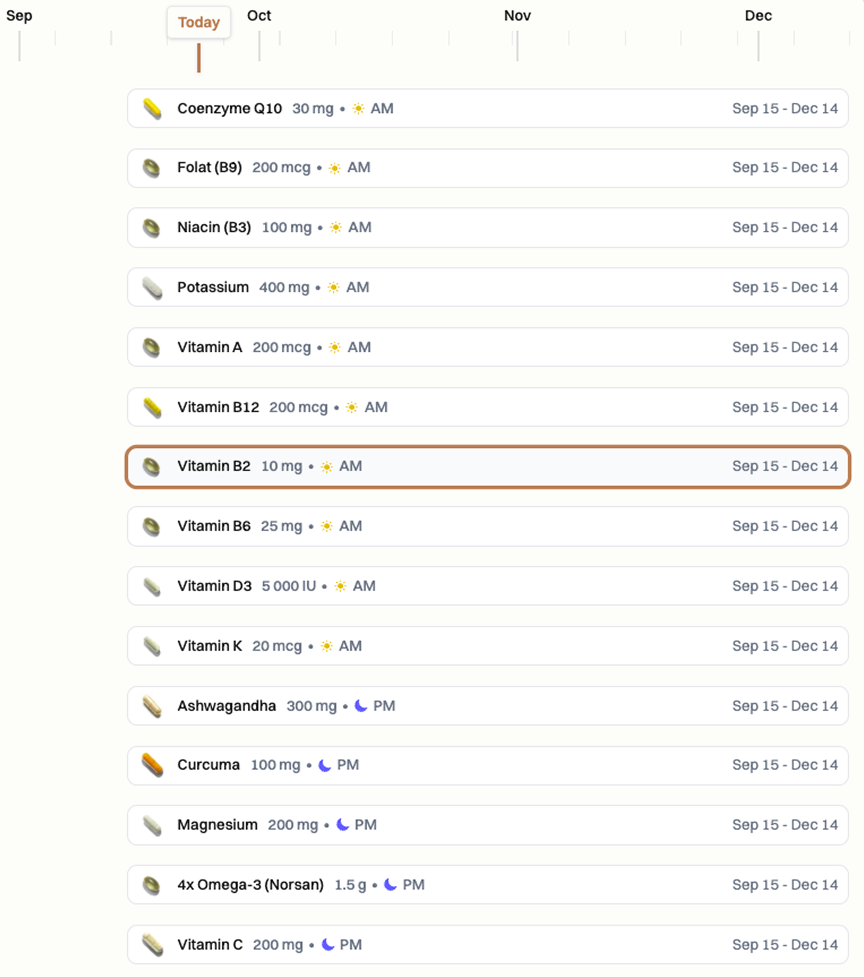
Common factors can shift this ratio. Recent meals, alcohol, hard workouts, and short-term illness can change lipids. Cholesterol or triglyceride medicines (statins, ezetimibe, PCSK9 inhibitors, fibrates, niacin, omega-3s) affect results. Pregnancy, big weight changes, dehydration, and sample handling can also matter. High-dose biotin may interfere with some immunoassays; review your supplements.
Special situations: repeat testing when you are well and weight-stable, and review apoB, non-HDL cholesterol, and triglycerides alongside this ratio.
What does this ratio mean in simple terms? It shows how much cholesterol is in each LDL particle and whether LDL-C and apoB agree.
Do I need to fast for this test? Fasting is not required, but follow your clinician’s advice and keep your usual routine.
What can affect my result? Medications, recent illness, heavy exercise, alcohol, and big diet changes can shift LDL-C, apoB, and triglycerides.
How often should I test it? Usually with routine lipid checks or when treatment changes. Your clinician can set the timing.
How long do results take? Most labs return results within a few business days.
What should I discuss with my clinician? Review LDL-C, apoB, non-HDL cholesterol, triglycerides, and overall risk to decide on lifestyle or treatment steps.

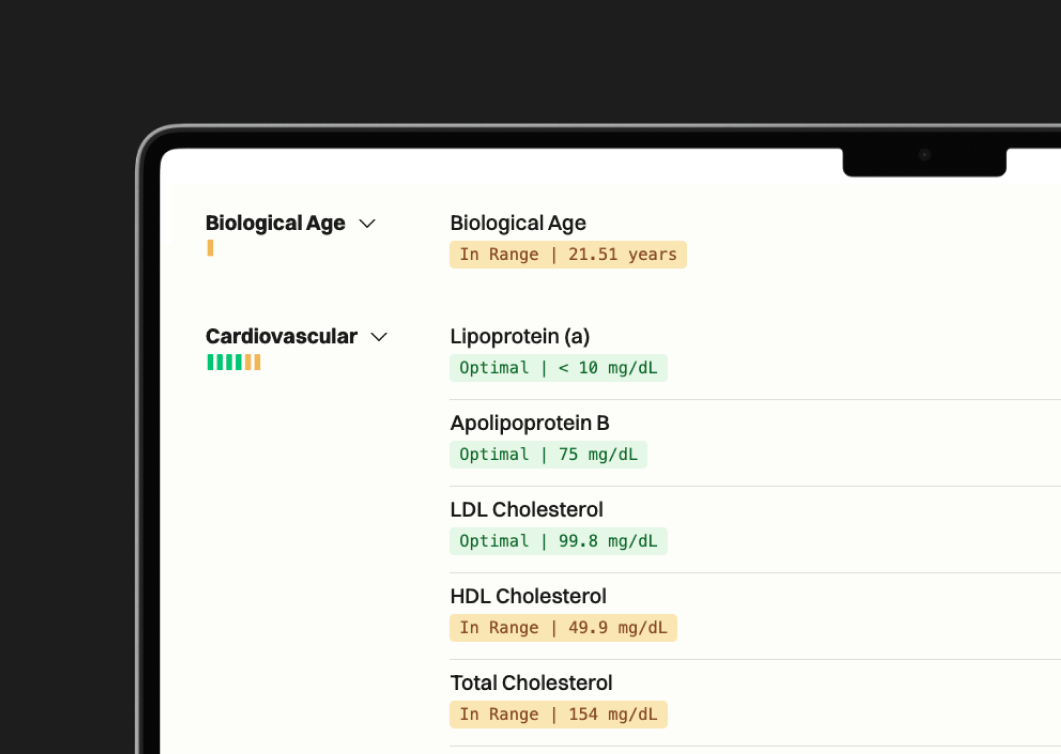
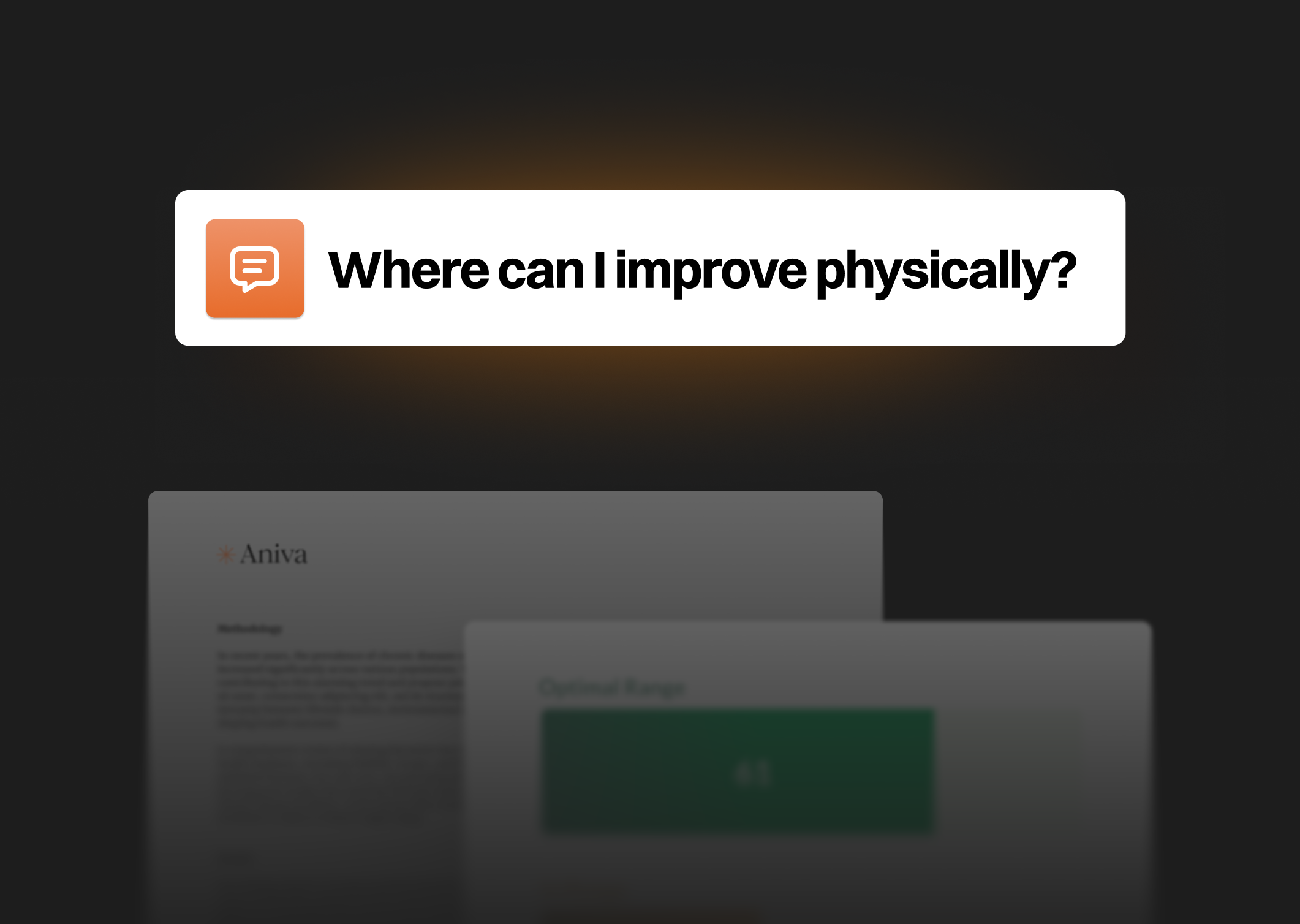
One annual blood test (100+ biomarkers)
Clinician-reviewed insights
Personalized action plan
Access to our AI Concierge
Access to curated products


63%
44%
70%